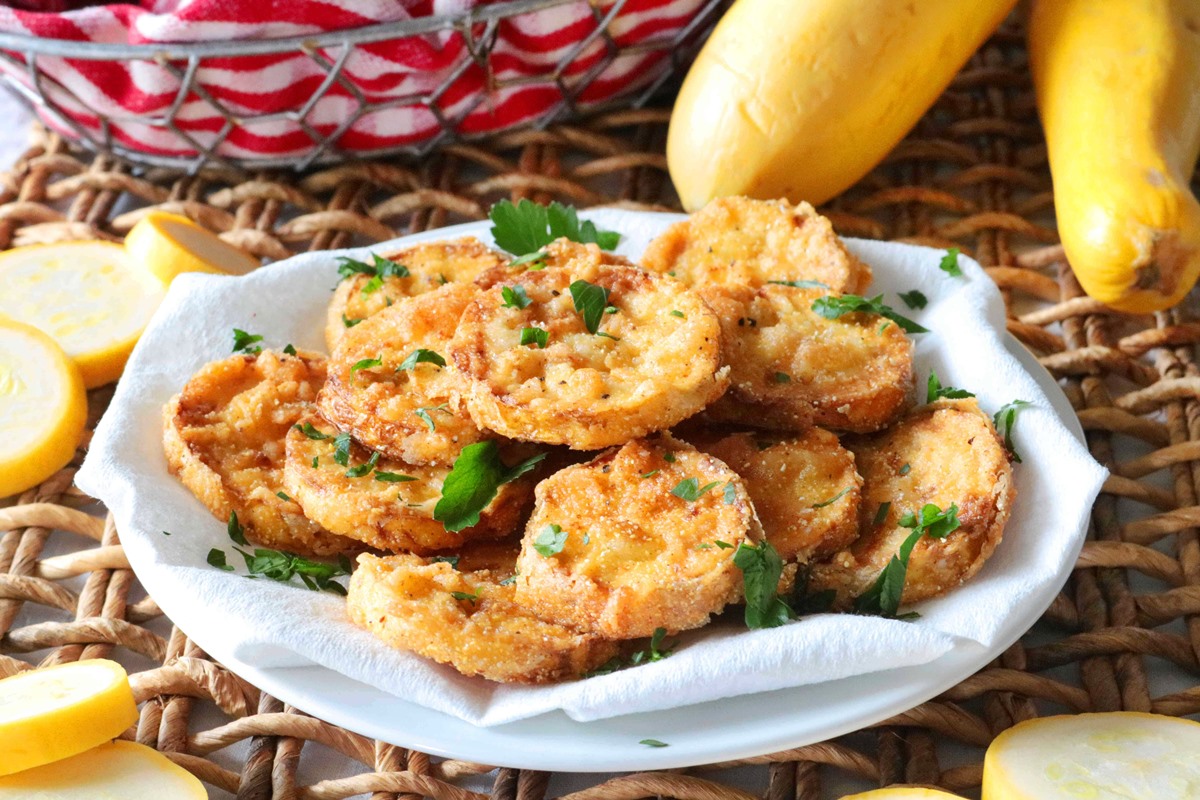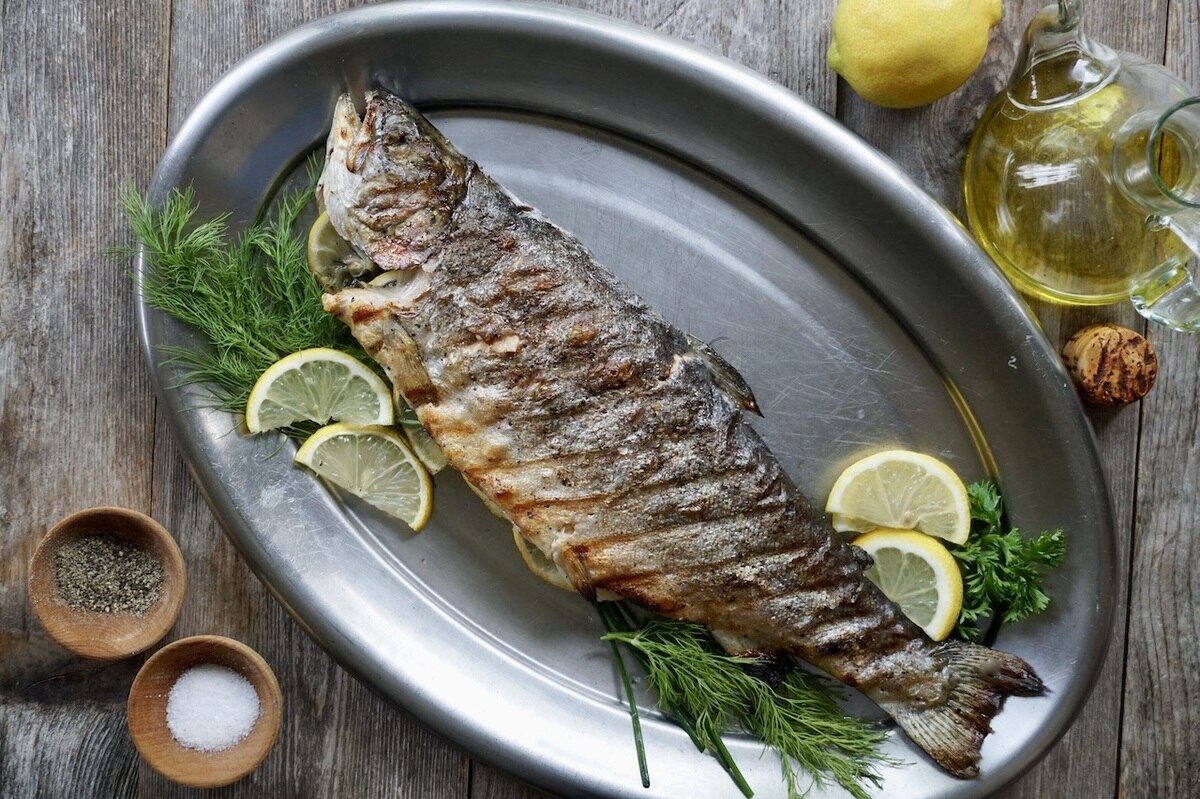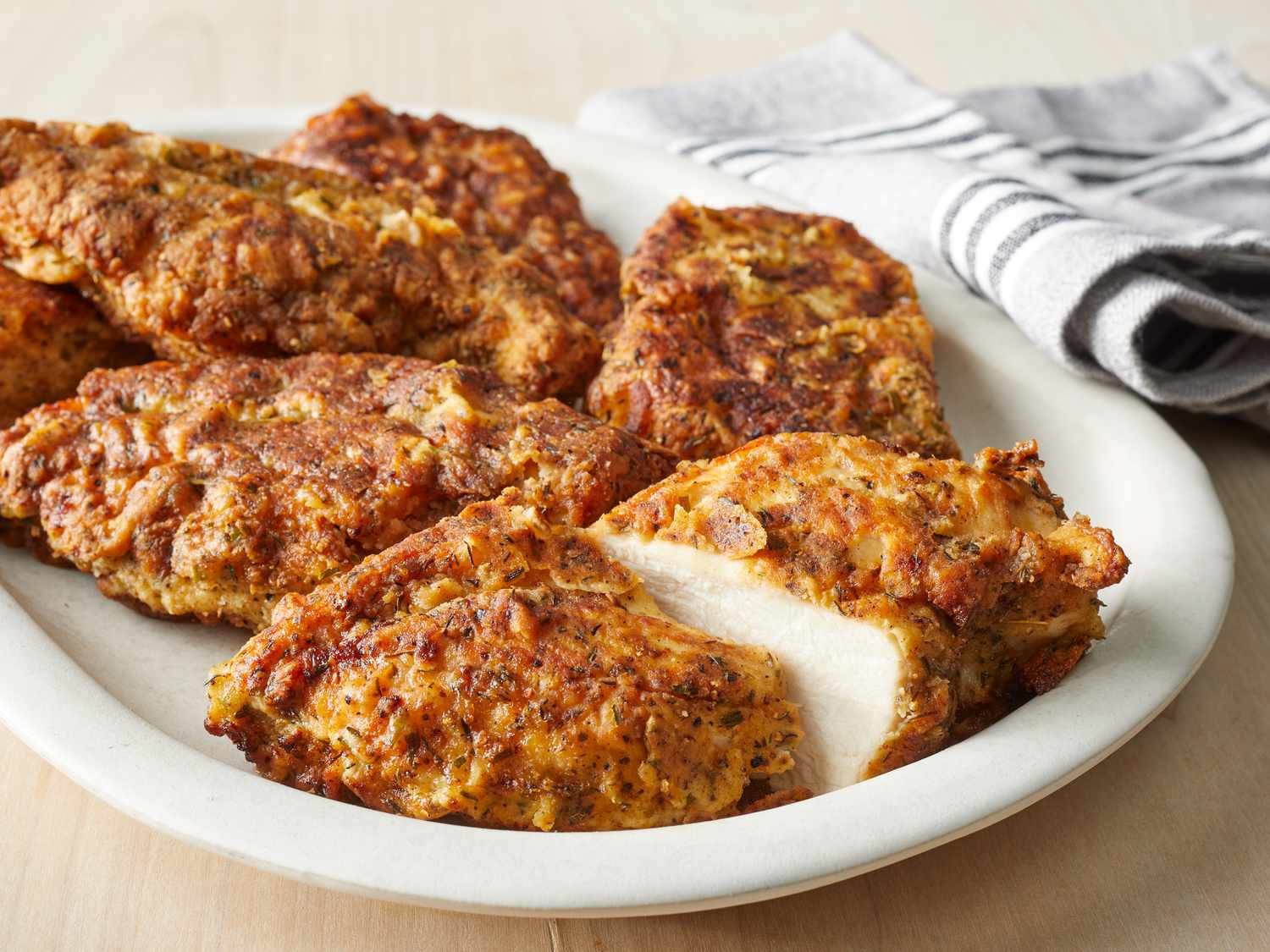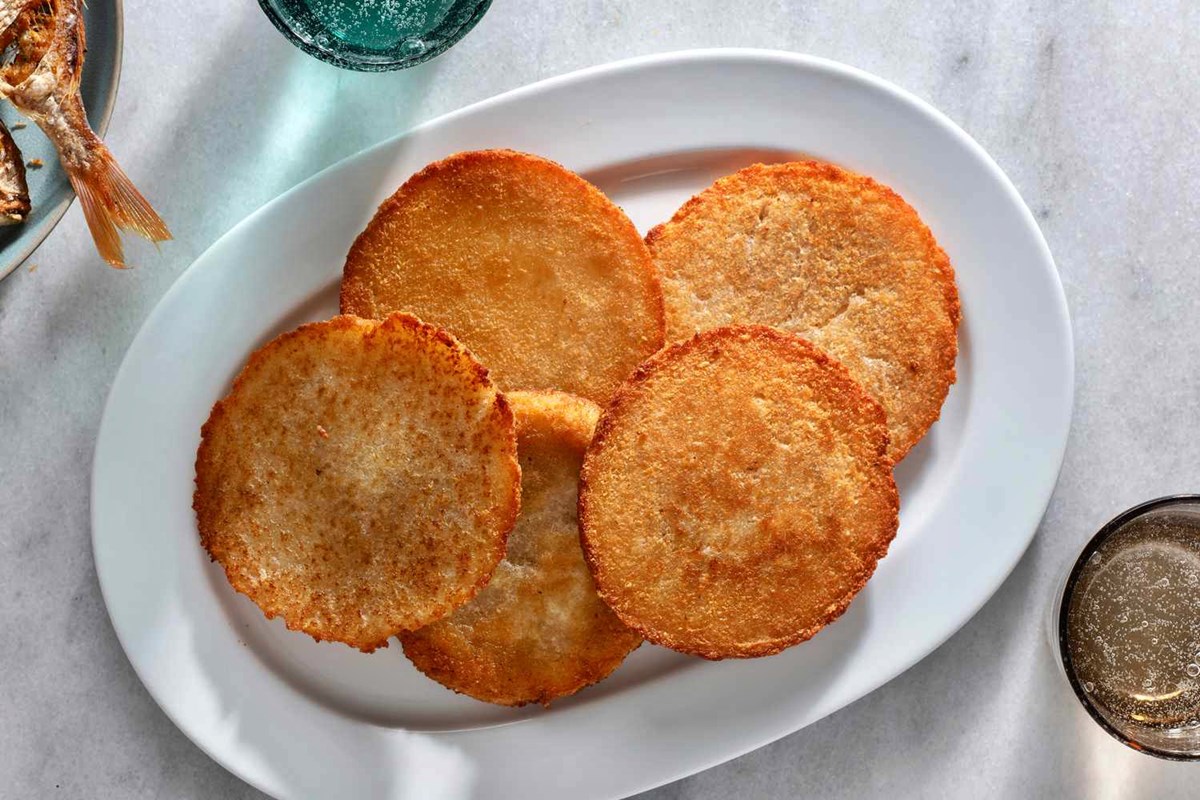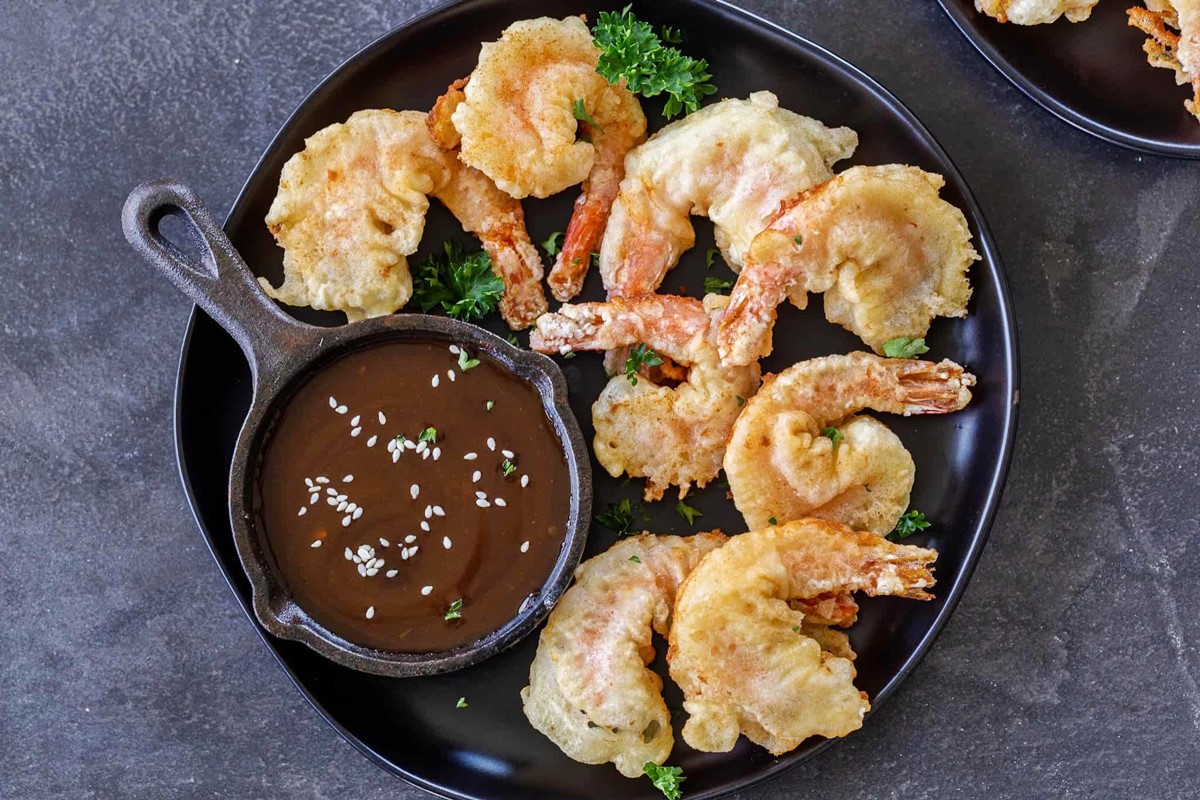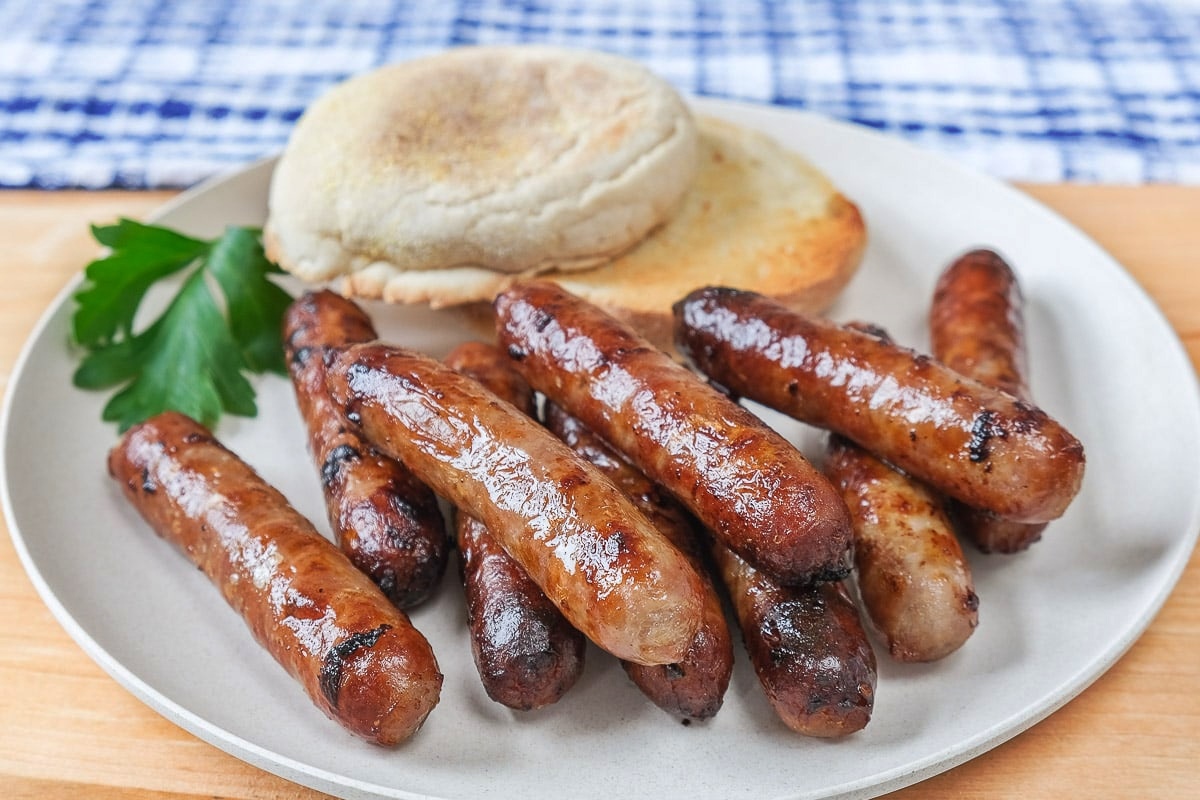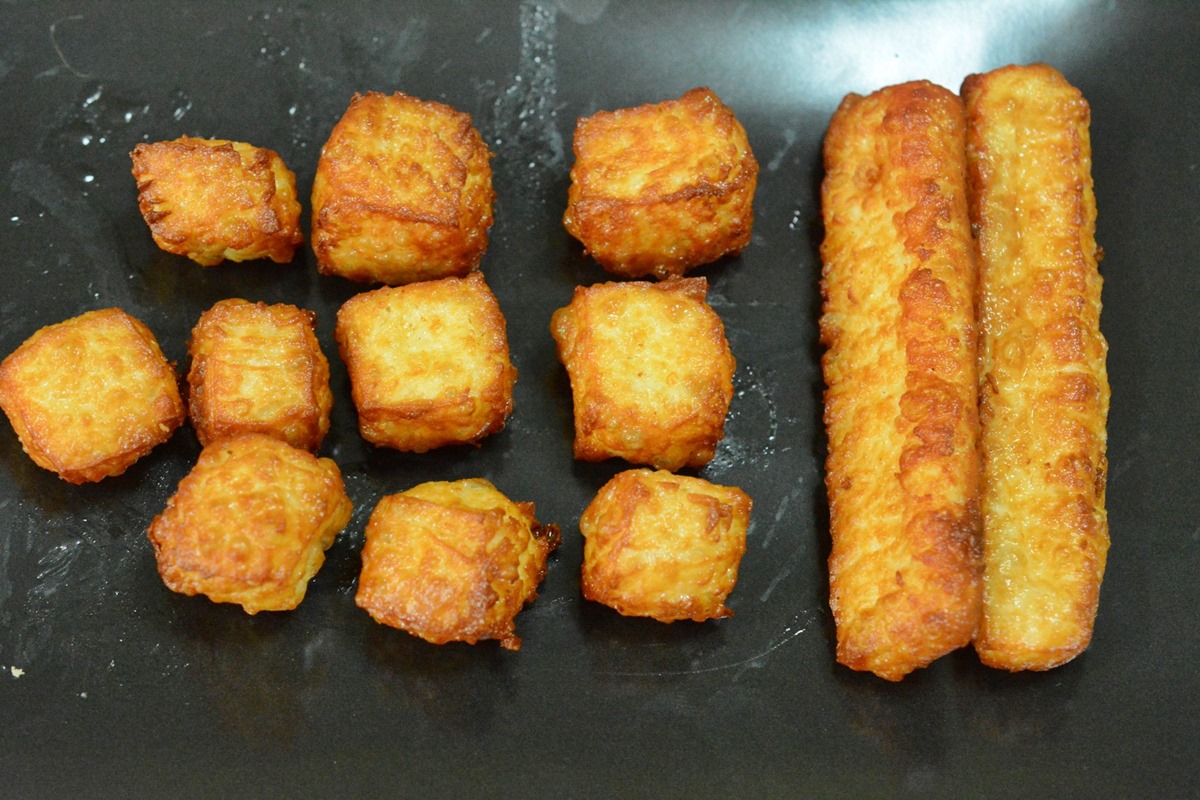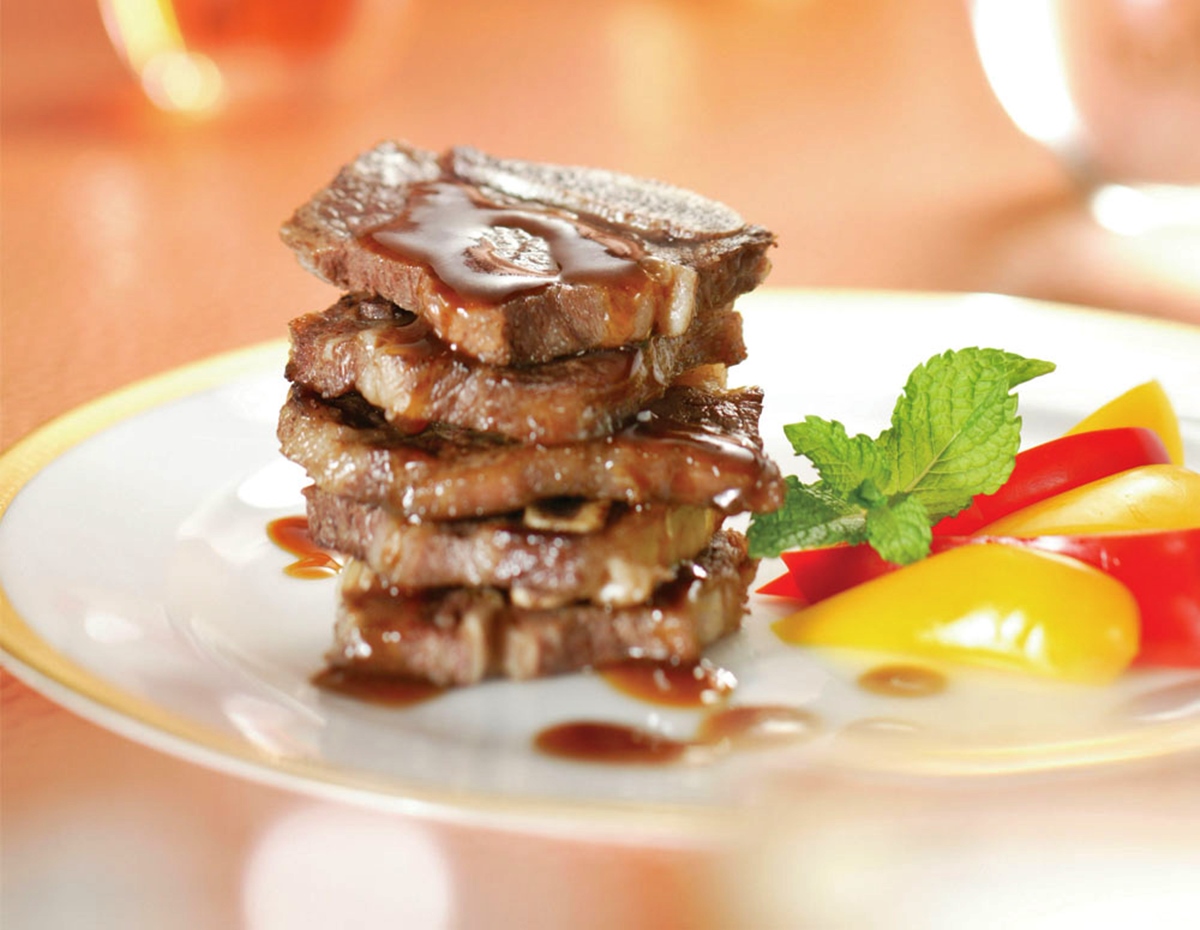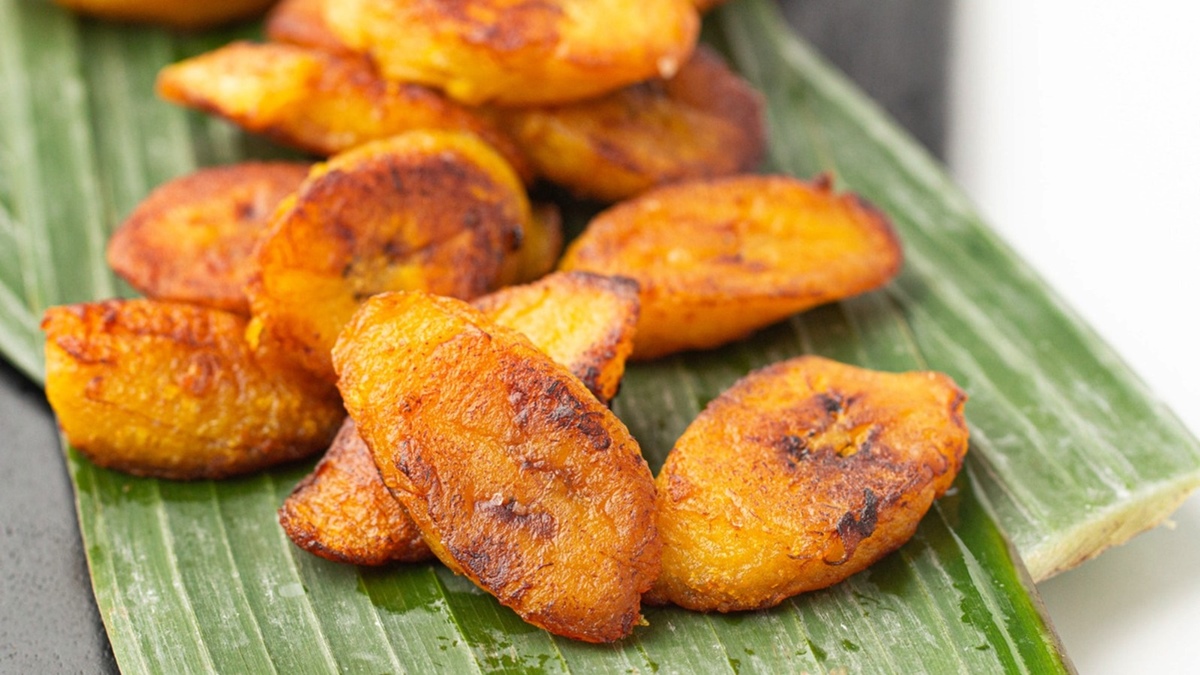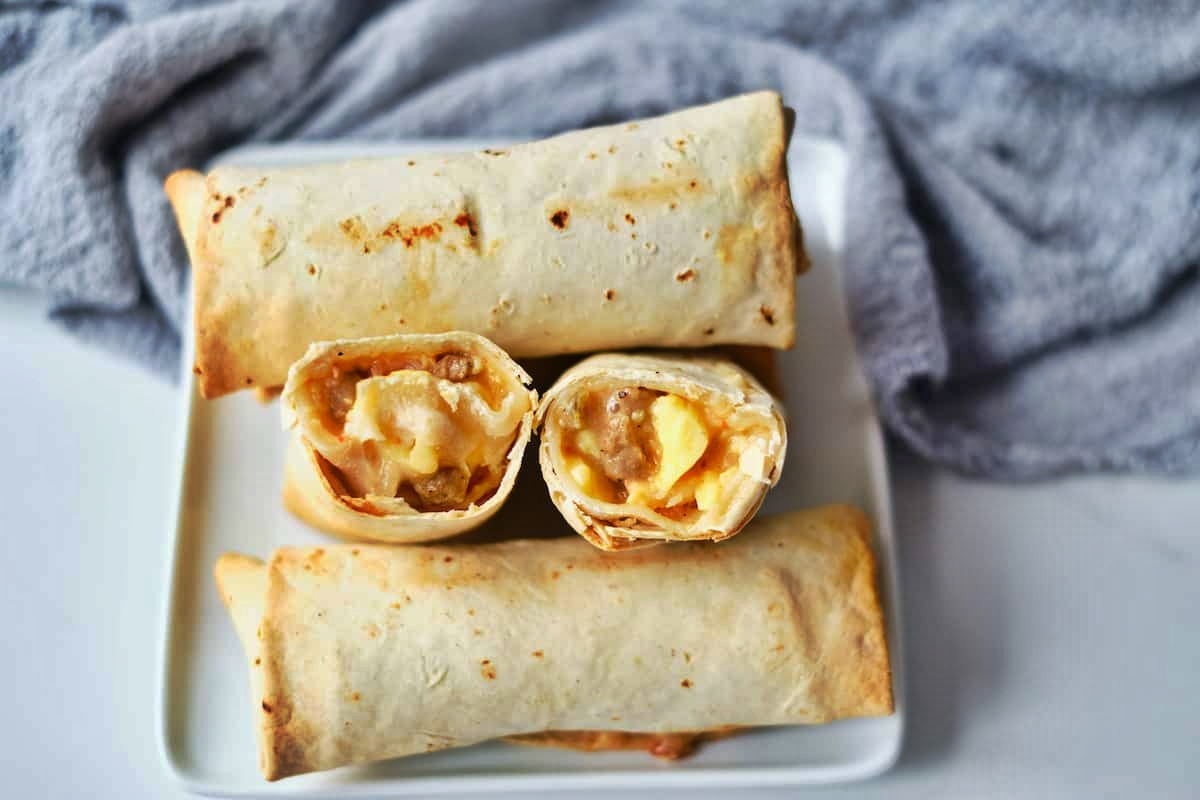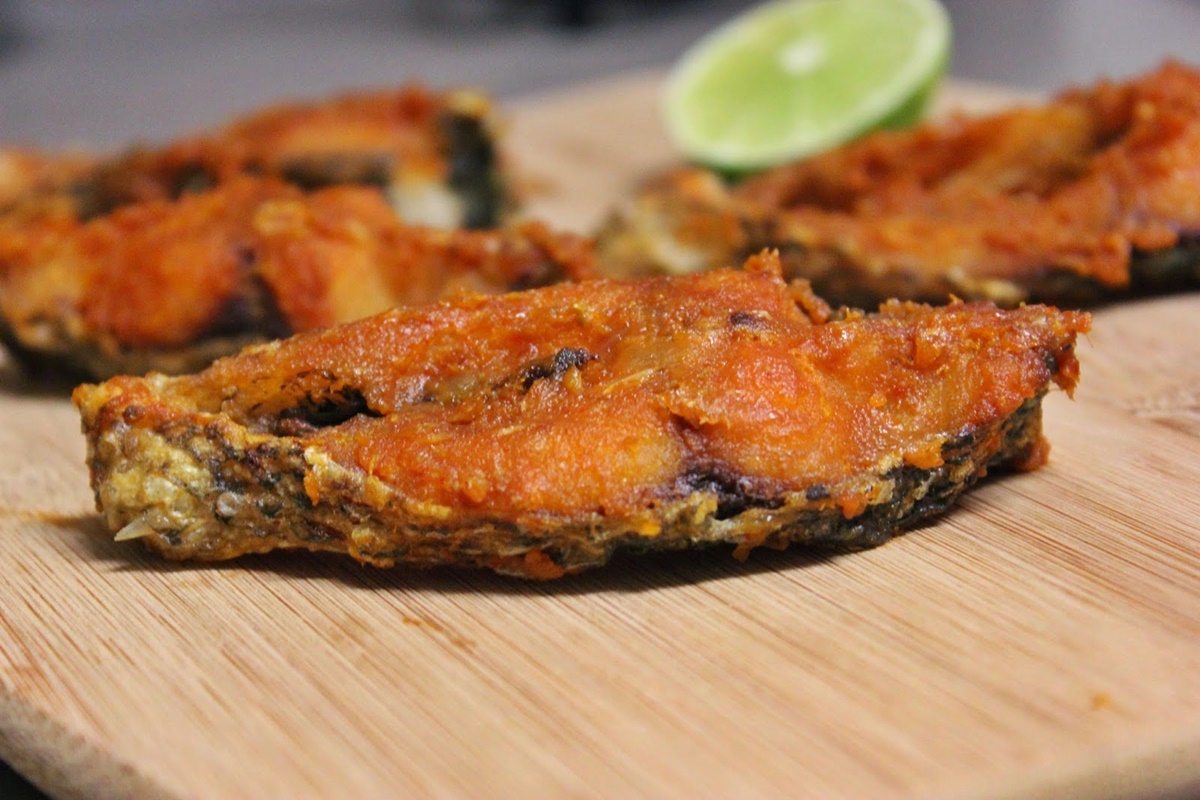How To Fry Salmon With Flour
If you’re a seafood lover, then you probably appreciate a good salmon dish. There are countless ways to prepare this versatile fish, but one method that truly highlights its flavor and creates a crispy exterior is frying it with flour. In this blog post, we will guide you step by step on how to achieve the perfect fried salmon using flour.
Ingredients:
- Salmon fillets
- All-purpose flour
- Salt and pepper
- Oil for frying
Step 1: Prepare the Salmon
Before you start frying, it’s essential to prepare the salmon fillets properly. Rinse them under cold water and pat them dry using a paper towel. Season both sides of the fillets generously with salt and pepper to enhance the taste.
Step 2: Coat the Salmon in Flour
Pour some all-purpose flour onto a plate or into a shallow dish. Press each salmon fillet into the flour, ensuring that all sides are sufficiently coated. You can add a bit more salt and pepper to the flour mixture for an extra burst of flavor.
Step 3: Heat the Oil
In a large frying pan, heat enough oil to cover the bottom of the pan. Use a cooking oil with a high smoke point, such as vegetable or canola oil. Heat the oil over medium-high heat until it reaches around 350°F (175°C). You can also test the oil’s readiness by dropping a small piece of flour-coated salmon into the pan. If it sizzles and floats to the surface, the oil is ready for frying.
Step 4: Fry the Salmon
Carefully place the flour-coated salmon fillets into the hot oil, skin side down if they have skin. Make sure not to overcrowd the pan; each fillet should have enough space for the heat to circulate evenly. Fry the salmon for about 3-4 minutes per side or until it turns golden brown. Use a spatula to gently flip the fillets halfway through cooking.
Step 5: Remove and Drain
Once the salmon is fried to perfection, remove it from the pan and place it on a paper towel-lined plate or a wire rack. This will help absorb any excess oil and maintain its crispiness. Give it a minute or two to cool down before serving.
Now you have a beautifully fried salmon fillet with a crispy, golden crust. This cooking method using flour not only adds a delightful crunch but also seals in the moisture, resulting in a tender and succulent piece of fish.
Remember, frying fish with flour is just one of the many ways to enjoy salmon. You can serve it alongside a fresh green salad, roasted vegetables, or even on a bed of fluffy rice for a complete meal. Get creative and experiment with different seasonings to customize the flavor to your liking.
So the next time you’re craving some delicious fried salmon, don’t hesitate to give this flour-coating method a try. With a few simple steps, you’ll be able to create a restaurant-quality dish right in your own kitchen. Enjoy!
For readers keen on mastering the art of frying salmon with flour, the guide offers a variety of recipes to try. They can start by perfecting the Classic Fried Salmon with Lemon Butter Sauce, a timeless dish that balances crispiness with a tangy finish. For a twist, Crispy Fried Salmon Tacos with Avocado Salsa offer a vibrant blend of textures and flavors, perfect for taco night. Fried Salmon Sandwich with Dill Aioli is another delightful option, providing a creamy and herbaceous complement to the crispy fish. Lastly, Southern-Style Fried Salmon with Coleslaw is ideal for those who enjoy a hearty meal with a touch of Southern comfort. Each of these recipes leverages the technique detailed in the article, making them excellent choices for anyone looking to diversify their cooking repertoire.
Was this page helpful?
Read Next: How To Fry Orange Roughy
